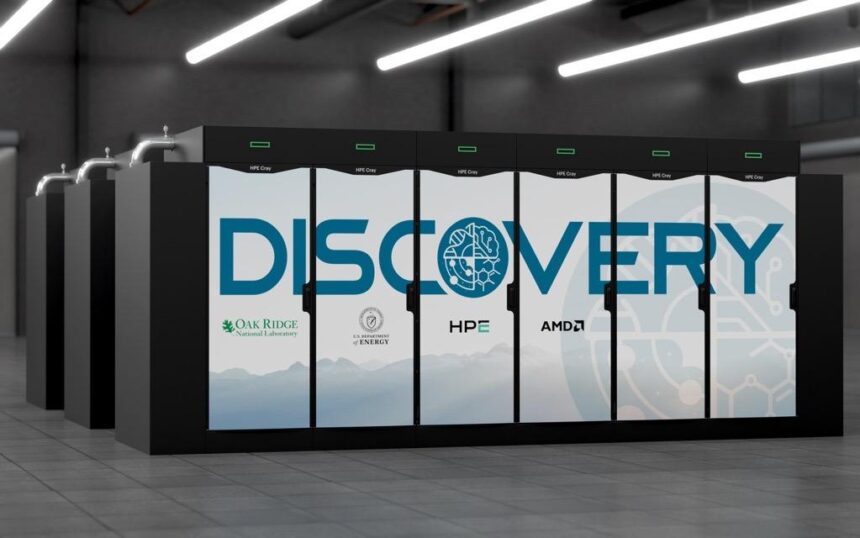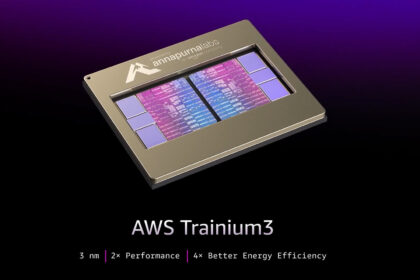The US Department of Energy (DOE) has announced a $1 billion partnership with AMD, marking the creation of two next-generation AI supercomputers that will strengthen America’s position in both artificial intelligence and high-performance computing (HPC).
The systems will be deployed at the Oak Ridge National Laboratory (ORNL)—the same facility that currently operates the Frontier supercomputer, one of the fastest in the world.
A Unique Public–Private Collaboration
Unlike previous government-funded HPC projects, this initiative will operate under a public–private partnership model. ORNL will host the infrastructure, while AMD, Hewlett Packard Enterprise (HPE), and Oracle will supply and co-manage the technology stack.
Both the US government and its private-sector partners will have access to the systems’ computing power, enabling shared use for AI model training, scientific research, and advanced computational workloads.
US Energy Secretary Chris Wright said the upcoming systems will help tackle some of the most complex scientific and industrial challenges, including nuclear energy research, fusion development, cancer treatment modelling, and national security applications. Wright called the initiative a way to “supercharge America’s leadership in both AI and scientific innovation.”
First Supercomputer Arriving in 2026
The first of the two AI supercomputers is expected to be operational by early 2026. It will be powered by AMD’s Instinct MI355X accelerators, paired with AMD EPYC CPUs and AMD Pensando networking technologies.
The system will be co-developed by AMD, HPE, Oracle Cloud Infrastructure, and Oak Ridge National Laboratory. While neither AMD nor the DOE have revealed its performance specifications, it’s expected to serve as a cornerstone for the Department of Energy’s near-term AI and data analytics goals.
“Discovery” to Replace Frontier in 2028
The second and more powerful system—named Discovery—will be delivered in 2028 as the successor to Frontier, the United States’ first exascale supercomputer.
Discovery will leverage AMD’s next-generation Instinct MI430X accelerator, built specifically for sovereign AI and scientific computing. It will also feature Zen 6-based EPYC “Venice” CPUs, representing the next leap in AMD’s data centre processor architecture.
A Major Win for AMD and US Computing Leadership
This deal marks another significant milestone for AMD in the supercomputing space. Following the success of Frontier, which became the world’s first officially verified exascale system, AMD continues to play a central role in shaping the next era of AI-driven scientific discovery.
The partnership not only strengthens US computational capabilities but also underscores AMD’s growing influence in AI infrastructure—a field once dominated by competitors like Nvidia.










